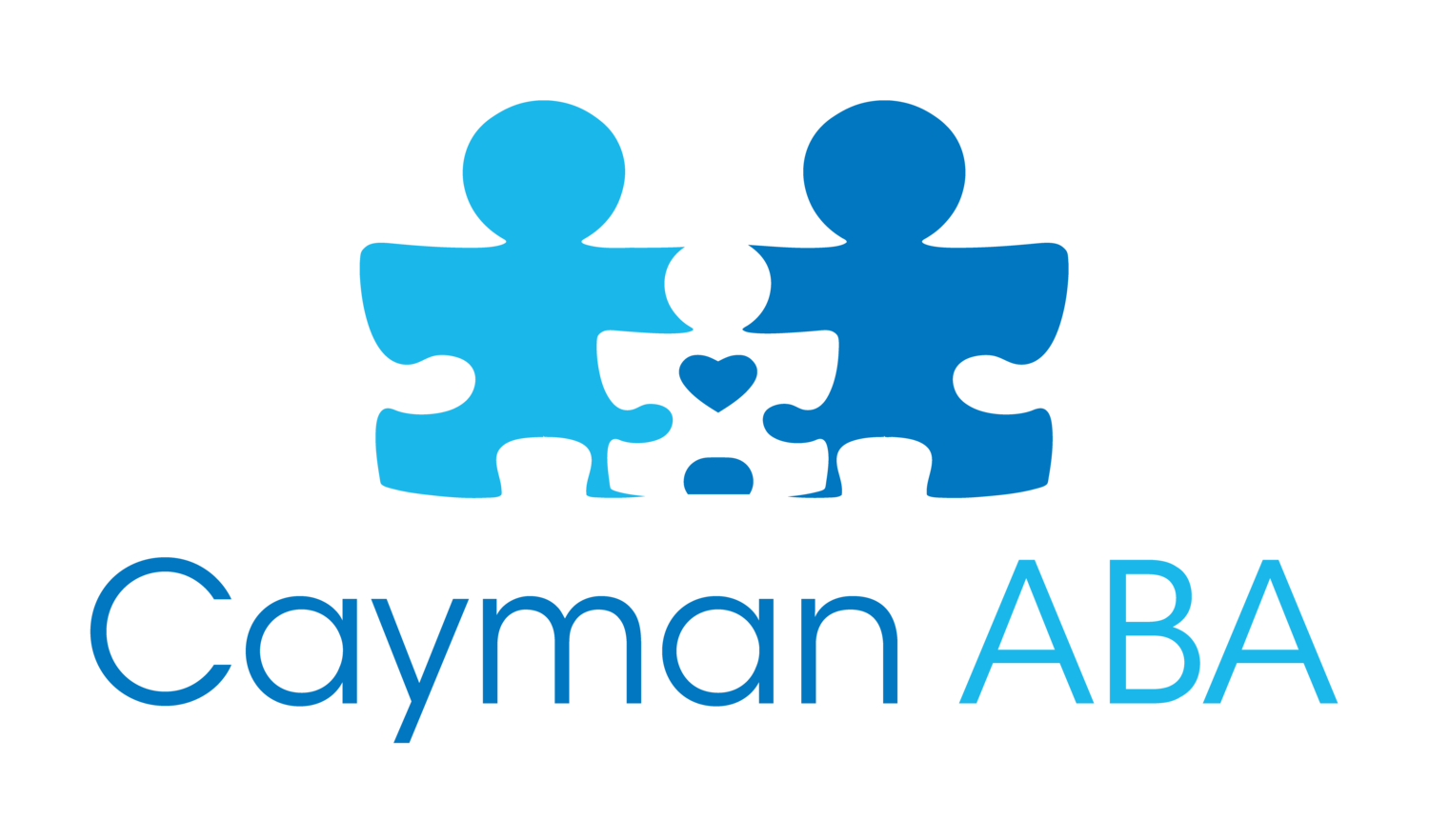We recognize that the impact of this outbreak can be quite overwhelming. During times like these, it would be strange not to be anxious. Feeling fearful in such times often cannot be avoided. As the world moves into a coronavirus quarantine, many of us are asking ourselves “What should I do with my time?” and trying to put together a plan or a schedule.
There are already measures in place to protect us from coming into contact with COVID-19. It is helpful to implement these strategies to keep all of us safe, but there is another side to all of this:
What do we do now that daily life has changed?
As we journey through this challenging time, it may be beneficial to examine our behaviors and see how they impact the various circumstances that we may encounter everyday.
Behavioural Contingencies
Are you familiar with the term Behavioral Contingencies? Well, first things first, a behavior is anything we do. So then, what is a contingency? A contingency means that a consequence (reward or loss) depends on a behaviour.
Essentially, behavioural contingencies state the “if-then” conditions for the likelihood of a certain behavior and its consequences. Our response to everything that is happening around us has its consequences, and we learn something from every consequence.
Behavioral contingencies are always present, affecting our every act and movement, without us ever being aware of them. But for just this moment, let’s try to apply this in our current situation as we are caught up in this COVID-19 outbreak. Let me walk you through each term used to explain possible contingencies:
Three-Term Contingency
The three-term contingency attempts to capture how the environment affects our behaviour by looking at relationships between three things; an antecedent (something that happens just before a behaviour), a behavior (anything we do), and a consequence (something that happens just after a behaviour).
This means that the things we do are chosen (consciously or not) because of the consequences that most often follow them. We know when a particular consequence is available due to signals in our environment. For example, an “OPEN” sign on a restaurant is an antecedent; the consequence of going in and ordering food (behavior) is that I get the food!
These signals in our environment help motivate our behaviour and the consequence of any behaviour either increases (reinforcement) or decreases (punishment) the likelihood of a behavior being repeated. Now, let’s explore how we are being asked to respond to the measures set in place to combat this COVID-19 outbreak based on the three-term contingency (antecedent, behaviour, consequence).
3-Term Contingency:
As we look at the table, it clearly shows that the relationship between the behaviour and a consequence has an effect on the likelihood of a behaviour being repeated, either increasing the likelihood, or decreasing it. Remember those signals that we were talking about earlier that tell us when a certain consequence is available (like an “OPEN” sign on a restaurant). Those signals are part of how humans decide to behave and are part of what those in ABA call “motivating operations” (or MOs). Let’s add these MO’s onto our three-term contingency table to make it a four-term contingency (MO, antecedent, behaviour, consequence).
Four-Term Contingency:
Reinforcement and punishment both depend on motivation. What motivates us is dynamic and ever changing and is influenced by the signals in our environment that certain consequences are available. During this pandemic, many signals that we are used to, along with the consequences they indicate, are no longer available. It being early morning and feeling hungry is no longer a signal that you can go out to eat at your favorite place. Your car in your driveway is no longer a signal that you can go for a drive to visit a friend.
This change will impact our behaviors, because it has changed what consequences are available. If we understand the 3 and 4 term contingency, however, we stand a chance at gaining some control in this chaotic time. If you know that your family loves to go out to eat, you could decorate the space you eat to look like a restaurant and have your guests “arrive” to sit and eat a special meal together. If you know that it being a beautiful sunny day is a signal for you to go outside make sure to plan time to take the 90 minutes for exercise that our current situation allows. You can also spend more time outside on your property.
So, as we live in this challenging moment, as we combat the spread of COVID-19, it is imperative that we comply with all the measures set in place for the safety of everyone. It can be alarming and threatening to not know when all this may end, but it is comforting to know that we can maintain control over our lives. It is up to us now on how we contribute to making our lives safe and satisfying so that we can make our earth a safe place to live in.



